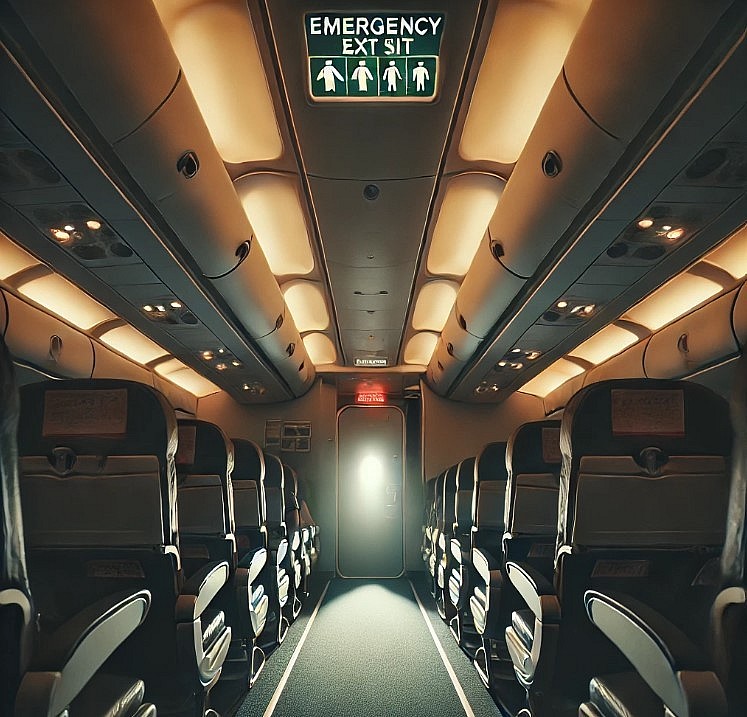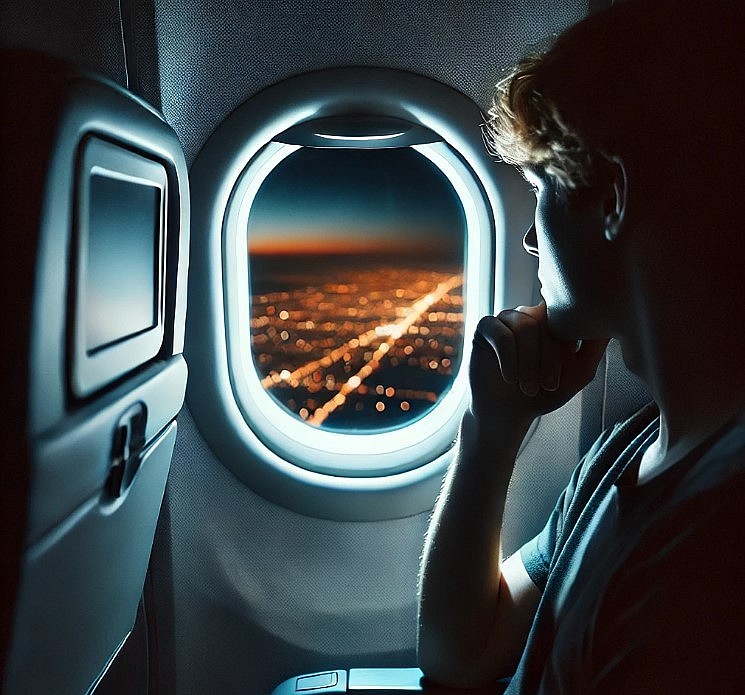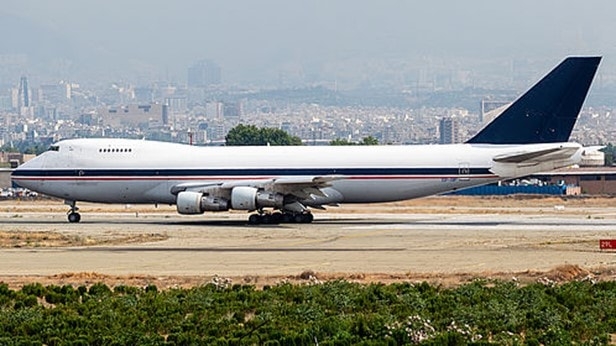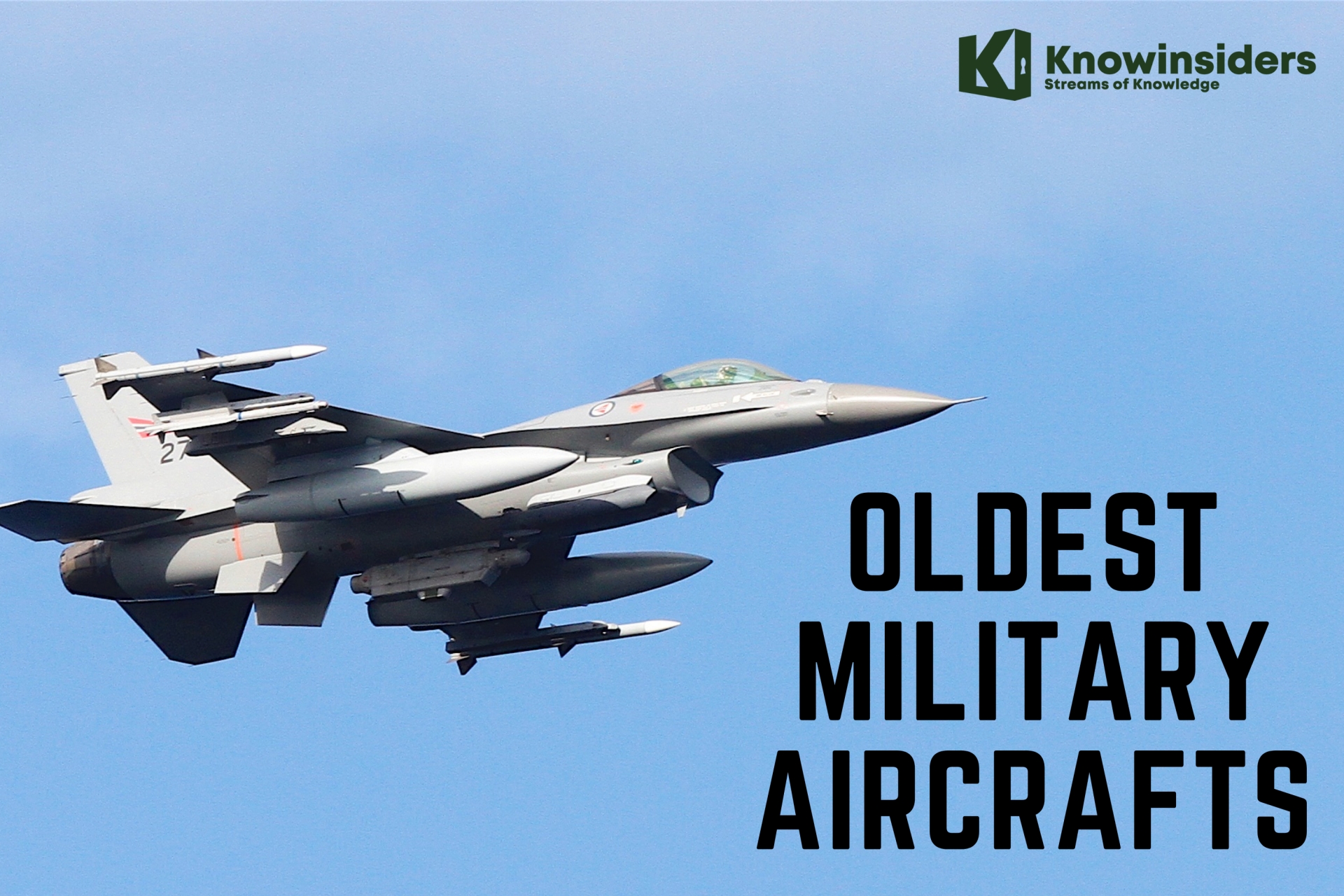Why Do Planes Dim Lights Before Takeoff and Landing?
Despite seeming like a small or merely aesthetic adjustment, dimming the lights plays a critical role in ensuring passenger safety. Air travel, renowned for its rigorous safety standards, incorporates a range of procedures to protect everyone on board. Dimming cabin lights before takeoff and landing, two of the most sensitive and potentially risky phases of flight, is one such precaution.
As we delve into the reasons behind this practice, you’ll see that it’s not only about managing lighting but preparing both passengers and crew to respond effectively in the rare event of an emergency. This simple act actually aligns with some of the most essential safety protocols in modern aviation.
Learn more: What Are The Biggest Planes In The World Today - Top 10
 |
| Planes Dim Lights Before Takeoff and Landing |
The Importance of Safety During Takeoff and Landing
Takeoff and landing are statistically the most critical parts of any flight. According to aviation data, the majority of incidents occur during these phases due to changes in altitude, proximity to the ground, and variations in speed. For these reasons, airlines and regulatory bodies prioritize extra measures during these stages, ensuring that passengers and crew are as prepared as possible in case of an emergency.
One of the main focuses is making sure passengers are aware of their surroundings. Dimming the lights serves as a small yet significant part of this preparation. Just as emergency exit instructions are demonstrated and seatbelts are fastened, the dimming of lights creates a controlled environment where the eyes can adjust in case of a sudden lighting change. This precaution is especially valuable for emergency evacuations that may require passengers to react quickly in less-than-ideal lighting conditions.
Learn more: Facts About The World's Most Expensive Plane Of All Time
Primary Reason: Enhancing Night Vision for Emergencies
One of the main reasons airplanes dim their cabin lights before takeoff and landing is to help passengers and crew adapt to lower lighting, which can be essential in emergencies. Our eyes naturally adjust to different lighting conditions, but it takes time to adapt to sudden darkness. When lights are dimmed, passengers’ eyes start to acclimate to lower lighting levels, reducing the time needed to see clearly in darker conditions if an emergency evacuation is necessary.
In the event of an incident, quick visibility can make a substantial difference. For instance, if a power outage occurs or smoke fills the cabin, passengers will be better equipped to find exits or follow emergency lighting pathways without the delay that a sudden adjustment from bright lights to darkness would cause. This simple precaution maximizes the likelihood that passengers can respond to instructions and move toward exits efficiently, which is critical during evacuation where every second counts.
Evacuation Protocols and Exit Visibility
Dimming the lights before landing or takeoff also serves a practical purpose for evacuation. In low lighting, emergency exit signs and pathways—often lit by battery-powered or glow-in-the-dark materials—stand out more, making them easier to spot. Passengers who can easily identify exits and floor lighting are more likely to follow escape routes correctly, increasing overall safety.
Cabin crew members are trained to manage evacuation procedures with precision, guiding passengers toward exits in an orderly fashion. When lights are dimmed, not only do emergency lights become more noticeable, but passengers also find it easier to concentrate on their surroundings and locate the exits without being distracted by ambient light. By focusing attention on these critical markers, airlines enhance evacuation efficiency, especially in situations where visibility may be compromised.
Aircraft Systems and Power Efficiency
Another reason for dimming lights lies in the management of the aircraft's power systems. Takeoff and landing require significant power, and dimming the lights helps reduce the overall power load on the plane. While modern aircraft are equipped with robust electrical systems, optimizing energy during these crucial phases ensures that essential systems receive priority. By lowering non-essential lighting, the crew can channel more power to critical functions like navigation, communication, and flight control.
While energy savings may seem secondary to safety, efficient power management contributes to the smooth operation of flights. Particularly in larger aircraft, even small reductions in cabin energy usage can make a difference in managing the plane's electrical load, allowing the flight systems to run seamlessly.
 |
| A passenger gazing out the airplane window in a dimly lit cabin |
Psychological and Passenger Comfort Factors
Dimming the lights can also have psychological benefits for passengers. A soft, dim cabin lighting environment signals that a transition is occurring, helping to mentally prepare passengers for takeoff or landing. The lower light creates a calm atmosphere, reducing potential anxiety for those who may be nervous about flying. This approach mirrors the use of subdued lighting in relaxation spaces, where soft light can have a calming effect.
Passengers seated in darkened cabins also find it easier to see outside, allowing them to glimpse the horizon or city lights below, adding to their experience without the harsh contrast of bright cabin lights.
Conclusion
The practice of dimming lights on airplanes during takeoff and landing is far more than a routine gesture. This small act is a critical part of aviation safety, designed to enhance passenger and crew readiness for any situation that may arise. From allowing passengers’ eyes to adjust for night vision to making emergency exits more visible, dimming the lights is a precaution that reflects the meticulous planning in aviation protocols. Additionally, by reducing the plane’s power load and creating a calmer atmosphere, it brings together practical, psychological, and safety benefits that contribute to the smooth and secure operation of flights.
Frequently Asked Questions (FAQ)
1. Is dimming the lights mandatory on all flights?
Yes, most airlines follow the standard practice of dimming lights during takeoff and landing, as it’s a widely accepted safety protocol. While regulations vary by airline and country, most major aviation authorities recommend this procedure for safety.
2. Does dimming the lights actually save fuel?
While dimming itself doesn’t directly save fuel, it reduces the aircraft’s power load, which can improve the efficiency of other critical systems. In larger aircraft, managing electrical load can contribute to optimized energy usage, indirectly supporting fuel efficiency.
3. What if there’s an emergency during daytime—does dimming still help?
During daytime flights, the need for dimming is lessened as natural light already assists visibility. However, in darker conditions or evening flights, dimming significantly improves night vision and preparedness in emergencies.
4. How long does it take for the eyes to adjust to low light?
The human eye can adjust to dim light within a few seconds to a minute, though full adaptation to darkness can take up to 20 minutes. Dimming the cabin lights before takeoff and landing allows eyes to partially adjust, preparing them better for unexpected situations.
5. Does dimming affect passenger comfort during takeoff and landing?
For most passengers, dimmed lights create a calming atmosphere. By reducing contrast between inside and outside the cabin, dimming can also lessen discomfort for passengers who are nervous about takeoff or landing, allowing them to relax and acclimate.
 Top 8 World’s Oldest Airplanes Still In Operation Top 8 World’s Oldest Airplanes Still In Operation These planes, some over 100 years old, fly as testaments to their artistry and engineering. Check out top 8 oldest airplanes still flying in the ... |
 Top 10 Oldest Military Aircrafts In Service Top 10 Oldest Military Aircrafts In Service Check out a list of 10 oldest military aircrafts that have been in service for over half a century. |
 Top 10 Most Expensive Planes In The World Top 10 Most Expensive Planes In The World What are the most expensive planes in the world? Every one of them costs hundreds of millions of dollars. ... |























